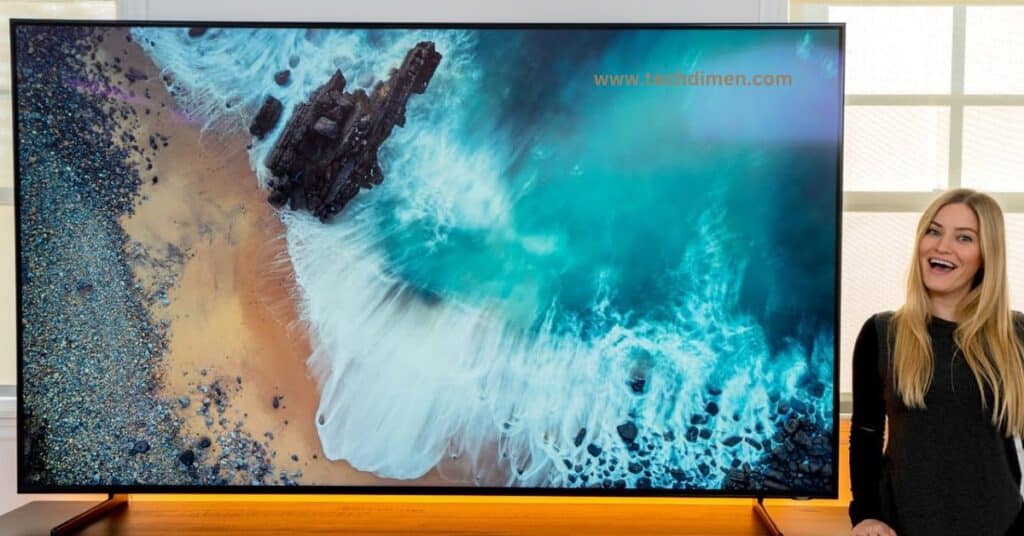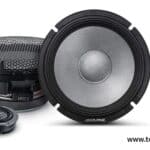The 75 inch TV is undeniable. It promises a cinematic experience, bringing movies, sports, and games to life in your living room. But before you make that purchase, it’s essential to understand what owning a 75 inch television truly entails. From the physical televisions dimensions to the optimal viewing distance, this guide covers everything you need to know about a 75 inch TV.
the Dimensions of a 75 Inch TV
When we talk about a 75 inch TV, we’re referring to the diagonal measurement of the screen. However, the overall size of the TV is much more than just the screen diagonal. To get a clear picture, let’s break down the 75 inch TV dimensions:
Physical Dimensions: Width, Height, and Depth
A typical 75 inch television measures approximately 65.4 inches in width and 36.8 inches in height. The depth can vary depending on the model and whether it’s wall-mounted or placed on a stand. Here’s a quick look at the physical dimensions:
| TV Model | Width (inches) | Height (inches) | Depth (inches) |
| Samsung Q80T | 65.8 | 37.5 | 2.4 |
| LG OLED77CXPUA | 66.3 | 38.1 | 1.8 |
| Sony X950H | 65.9 | 37.7 | 2.7 |
Note: Dimensions can slightly vary based on the model and brand. Always check the specific measurements of the 75 inch TV you are considering.
Aspect Ratio and How It Affects Perceived Size
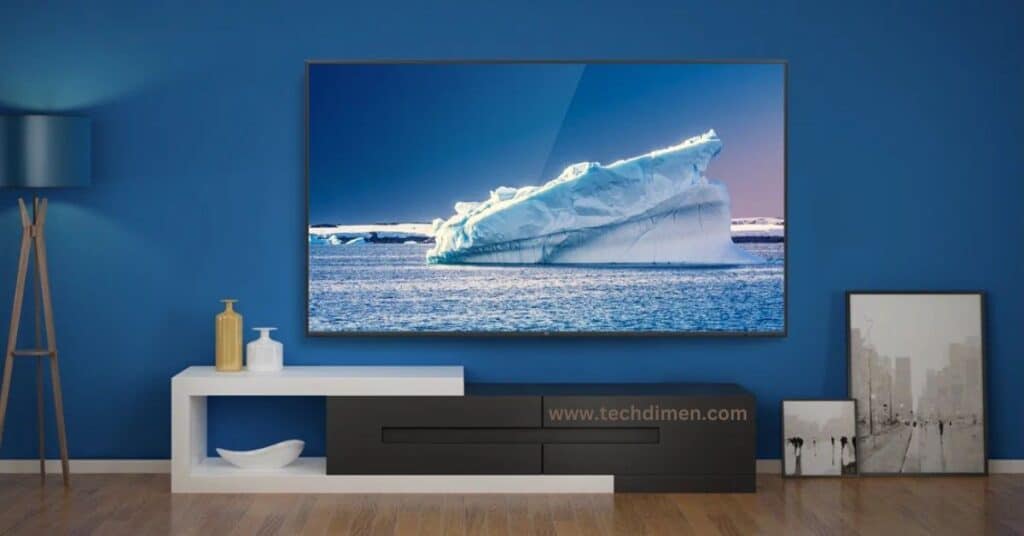
Most 75 inch TVs have a 16:9 aspect ratio, which is standard for HDTVs. This ratio means the width of the screen is 16 units, and the height is 9 units. The aspect ratio impacts the perceived size of the screen. A 16:9 ratio allows for a wide-screen experience, which is ideal for movies and sports, providing an immersive viewing experience.
Comparison with Other Common Sizes
To put the size of a 75 inch TV into perspective, let’s compare it to other popular televisions sizes:
| TV Size | Width (inches) | Height (inches) |
| 55 inch | 48.5 | 27.3 |
| 65 inch | 56.7 | 31.9 |
| 75 inch | 65.4 | 36.8 |
| 85 inch | 74.5 | 41.9 |
As you can see, the 75 inch screen is significantly larger, offering more screen real estate, which is crucial for those who want a truly immersive experience.
Importance of Bezel and Frame Thickness
The thickness of the bezel (the frame around the screen) plays a role in the overall 75 inch TV dimensions. Modern massive TVs have slim bezels, maximizing the screen space and making the TV appear even larger. A thinner bezel also contributes to a sleeker, more modern look, making it a better fit for various interior designs.
Room Size Requirements for a 75 Inch TV
Owning a 75 inch TV is not just about the size of the screen; it’s also about having the right space to accommodate it. Let’s explore the ideal room size and layout to ensure you get the best viewing experience.
Ideal Room Size and Layout
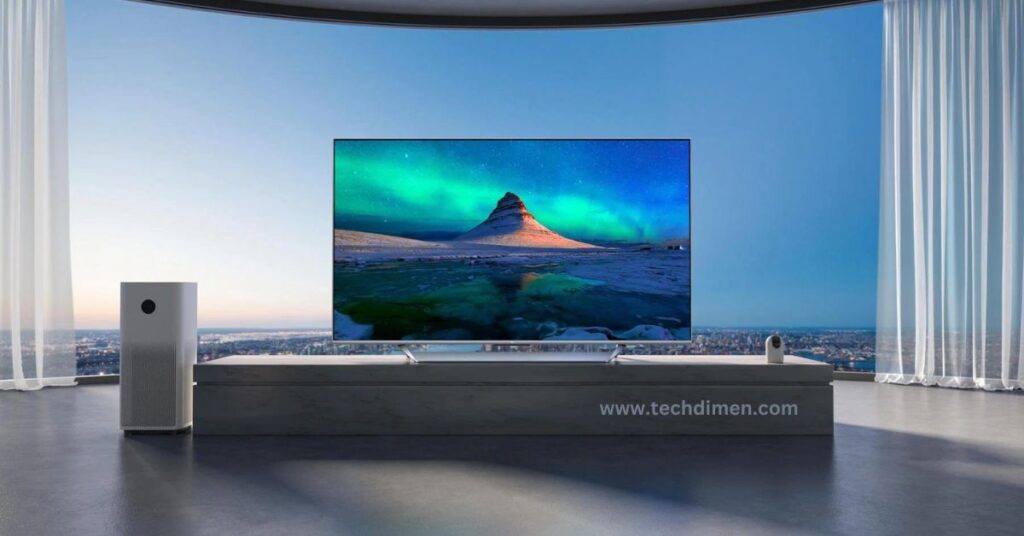
To comfortably fit a 75 inch television, your room should ideally be at least 10 feet wide. This allows enough space between the TV and your seating area, ensuring you don’t strain your eyes or feel overwhelmed by the screen size. Here’s a quick guide to room dimensions:
| Room Width (feet) | Recommended TV Size (inches) |
| 7-8 | 40-49 |
| 8-10 | 50-65 |
| 10+ | 75 and above |
Viewing Distance: Minimum, Maximum, and Optimal Distances
The viewing distance for a 75 inch TV is crucial for enjoying a clear, detailed picture without discomfort. Here’s a breakdown:
- Minimum Viewing Distance: 7.5 feet
- Maximum Viewing Distance: 15 feet
- Optimal Viewing Distance: 9-12 feet
Sitting too close to a huge television like a 75 inch screen can result in pixelation and eye strain. On the other hand, sitting too far may cause you to miss out on the finer details. The optimal distance balances clarity and comfort.
Impact on Room Aesthetics and Furniture Placement
A 75 inch TV will be the focal point of your room, which means you need to plan your furniture layout around it. Ensure that your seating is centered on the TV, with no obstructions in the line of sight. You may also need to adjust lighting to avoid glare on the 75 inch screen.
Consider the height at which the TV is mounted or placed on a stand. The center of the 75 inch televisions screen should be at eye level when seated, which is typically around 42 inches from the floor.
Visual Impact of a 75 Inch TV
The visual impact of a 75 inch TV is something you can’t underestimate. It’s more than just the screen size; it’s about how that size enhances your viewing experience.
How a 75 Inch TV Transforms Viewing Experience
A 75 inch TV provides an immersive experience that smaller TVs simply can’t match. Whether you’re watching a blockbuster movie, a live sports event, or playing the latest video game, the large screen pulls you into the action. The 75 inch televisions dimensions make you feel like you’re part of the scene, rather than just a spectator.
Comparison: Viewing Experience on Smaller Screens vs. 75 Inch TV
Here’s how the experience differs between smaller TVs and a 75 inch screen:
| Experience Type | 55 Inch TV | 75 Inch TV |
| Movies | Standard viewing | Cinematic experience |
| Sports | Good detail | Stadium-like feel |
| Gaming | Immersive | Fully engaging |
Best Content Types for Large Screens
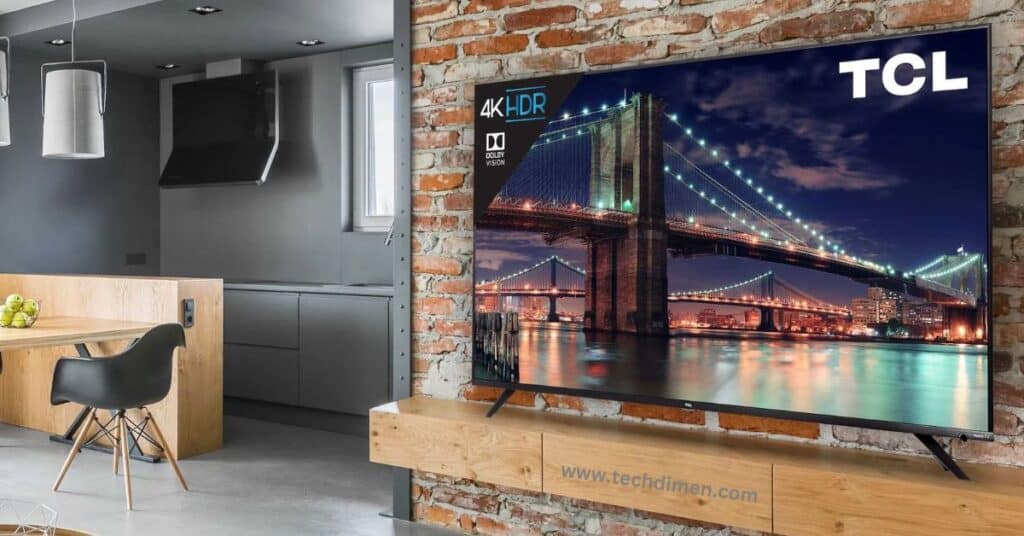
A large screen televisions like the 75 inch television is best suited for high-definition content. Here are the types of content that shine on a 75 inch screen:
- 4K UHD Movies: Experience movies in stunning detail.
- Live Sports: Get closer to the action with lifelike visuals.
- Gaming: Enhanced graphics and wider field of view.
- Nature Documentaries: Enjoy the beauty of nature in breathtaking clarity.
Practical Considerations for a 75 Inch tV
Before you finalize your decision to buy a 75 inch televisions, consider these practical aspects to ensure it’s the right fit for your home.
Wall Mounting vs. TV Stand: Pros and Cons
- Wall Mounting:
- Pros: Saves space, clean look, adjustable height.
- Cons: Requires professional installation, permanent placement.
- TV Stand:
- Pros: Easier setup, portable, additional storage.
- Cons: Takes up floor space, stability issues with pets or children.
Cable Management and Accessibility
With a massive televisions like a 75 inch televisions, managing cables can be challenging. Use cable management systems to keep your setup clean and organized. Ensure that all ports (HDMI, USB, etc.) are easily accessible, especially if you frequently connect different devices.
Power Requirements and Energy Consumption
A 75 inch TV typically requires more power than smaller models. Make sure your power outlets can handle the load, and consider the TV’s energy consumption. Most modern 75 inch televisions are energy efficient, but it’s worth checking the energy rating to avoid higher electricity bills.
Transporting and Installing a 75 Inch TV: What to Know
Transporting a huge television like a 75 inch screen requires careful planning. These TVs are heavy and fragile, so it’s recommended to use professional movers or the delivery service provided by the retailer. Here’s what to consider:
- Weight: The average 75 inch televisions weight ranges from 60 to 90 pounds, depending on the model.
- Installation: Professional installation ensures safety and optimal placement. If you’re mounting it on the wall, ensure the wall can support the TV’s weight.
Is a 75 Inch TV Right for You?
A 75 inch televisions is a significant investment, not just in terms of money but also space and lifestyle. Let’s explore whether this size is the right choice for you.
Assessing Your Viewing Habits and Preferences
Consider your viewing habits. Do you watch a lot of movies, sports, or play video games? A 75 inch television is perfect for those who want an immersive experience, but if you’re just watching casual TV shows or news, it might be overkill.
Budget Considerations: Cost vs. Value
A 75 inch TV price can range from $1,000 to over $3,000, depending on the brand, features, and display technology (LED, OLED, QLED). While the upfront cost is high, consider the value it provides in terms of entertainment and the lifespan of the TV. A large screen TV like this is an investment that can bring years of enjoyment.
Long Term Satisfaction and Future-Proofing Your Purchase
When investing in a big TV, think long
-term. Is it future-proof? Does it support the latest technology like 4K, HDR, and smart TV features? A 75 inch TV that’s equipped with the latest tech ensures you won’t need to upgrade anytime soon.
FAQs About “75 Inch TV Dimensions”
What are the dimensions of a 75-inch TV?
The typical dimensions of a 75-inch TV are approximately 65.4 inches wide and 36.8 inches tall without the stand. With the stand, the height may vary depending on the model.
How is the 75-inch size measured?
The 75-inch size refers to the diagonal measurement of the screen, from one corner to the opposite corner, not the width or height of the TV.
What is the aspect ratio of a 75-inch TV?
Most 75-inch TVs have an aspect ratio of 16:9, meaning the width is 16 units for every 9 units of height, providing a widescreen format.
How much wall space is needed for a 75-inch TV?
To safely fit a 75-inch TV, you’ll need a wall space of at least 66 inches wide and 37 inches tall, allowing for some clearance around the edges.
What is the ideal viewing distance for a 75-inch TV?
The recommended viewing distance for a 75-inch TV is about 6 to 12 feet, depending on the resolution and personal preferences.
How heavy is a 75-inch TV?
The weight of a 75-inch TV varies by model, ranging from 50 to 100 pounds. Always check the manufacturer’s specifications for accurate details.
Can a 75-inch TV fit on a standard TV stand?
A 75-inch TV typically requires a stand that is at least 66 inches wide. Check the weight capacity and size of the stand to ensure proper fit and stability.
How does a 75-inch TV compare to smaller sizes?
A 75-inch TV provides a significantly larger screen area compared to a 55-inch or 65-inch TV, offering a more immersive viewing experience.
Is a 75-inch TV suitable for a small room?
A 75-inch TV can be overwhelming in a small room. It’s best suited for larger spaces where the recommended viewing distance can be maintained.
How much energy does a 75-inch TV consume?
Energy consumption depends on the type of TV (LED, OLED, etc.), but most 75-inch TVs use around 100 to 200 watts during operation.
What size mount do I need for a 75-inch TV?
A VESA-compatible wall mount designed for 600x400mm or larger is typically suitable for a 75-inch TV. Always confirm the mount compatibility with the TV’s specifications.
What are some common uses for a 75-inch TV?
A 75-inch TV is ideal for home theaters, large living rooms, and gaming setups, providing a cinematic experience and ample screen space for multitasking or group viewing.
Conclusion
A 75 inch TV is more than just a large screen; it’s a statement piece that can transform your living space and elevate your viewing experience. Understanding the 75 inch TV dimensions, the optimal viewing distance for a 75 inch TV, and practical considerations will help you make an informed decision. Whether it’s the right choice for you depends on your space, budget, and viewing habits, but one thing is clear: a 75 inch television offers a viewing experience that’s hard to beat.
Interactive Tools
TV Size Calculator
To help you visualize how a 75 inch TV will fit in your room, use this size calculator. Simply enter your room dimensions, and it will recommend the best TV size for your space.
Room Layout Planner
Use this interactive room layout planner to see how a 75 inch TV will look in your living room. Experiment with different furniture arrangements to find the perfect setup.

Jhon AJS is a tech enthusiast and author at Tech Dimen, where he explores the latest trends in technology and TV dimensions. With a passion for simplifying complex topics, Jhon aims to make tech accessible and engaging for readers of all levels.

